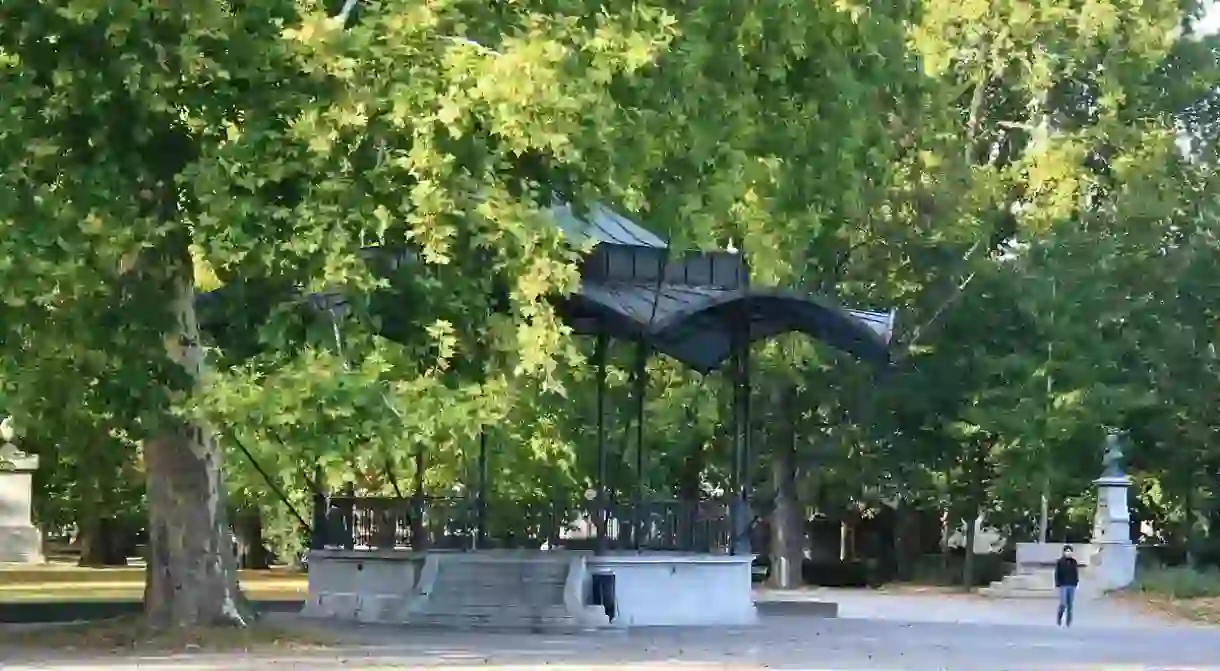A Brief History of Zurich’s Needle Park

Switzerland is, among many things, a highly conservative country. They were sluggish to give women the right to vote (in 1971) and lagged behind other European countries on things like gay rights. But when it comes to drug use and prohibition, the country is somewhat of a trail-blazer, pioneering in “harm reduction” as a means of tackling addiction.
If you visited a park in any of Switzerland’s big cities during the 1980s, you would likely have see heroin addicts shooting up quite openly. At this time, the country was at a crisis point. Users were sharing needles, and HIV was on the increase among those users. Treating drug addicts like criminals, locking them up and confiscating their drugs, clearly wasn’t working.
Zurich’s Platzspitz park was like a Mecca for drug users from across the country who flocked to the city during the ’80s and ’90s. It’s thought that as many as 3,000 users visited the park every day during the early ’90s to get their fix. Not unsurprisingly, it became known as “needle park”. It wasn’t unusual to see addicts passed out in their own filth, used needles at their side.
At the peak of the crisis, when drug-related violence made it impossible to ignore the situation any longer, the authorities cracked down on Platzspitz and the people who had come to call it their drug using home. But instead of solving the problem, the users and addicts spread out across the city, finding new places to shoot up in railway tracks and abandoned buildings. The problem had merely been moved into the shadows, or in some cases into even more noticeable areas.

The hard stick of enforcement clearly hadn’t worked, so a softer approach, like offering methadone substitutes to heroin addicts as part of a social rehabilitation programme, was rolled out in 1992. The new approach showed promise over the years, and, crucially, in 2008 the Swiss enshrined these less punitive measures, focussed on helping drug users overcome their addiction, into law.
Today Platzspitz park is a pleasant place to walk through, and there is little to no sign that it used to be the heart of Switzerland’s drug problem only a few decades ago.













